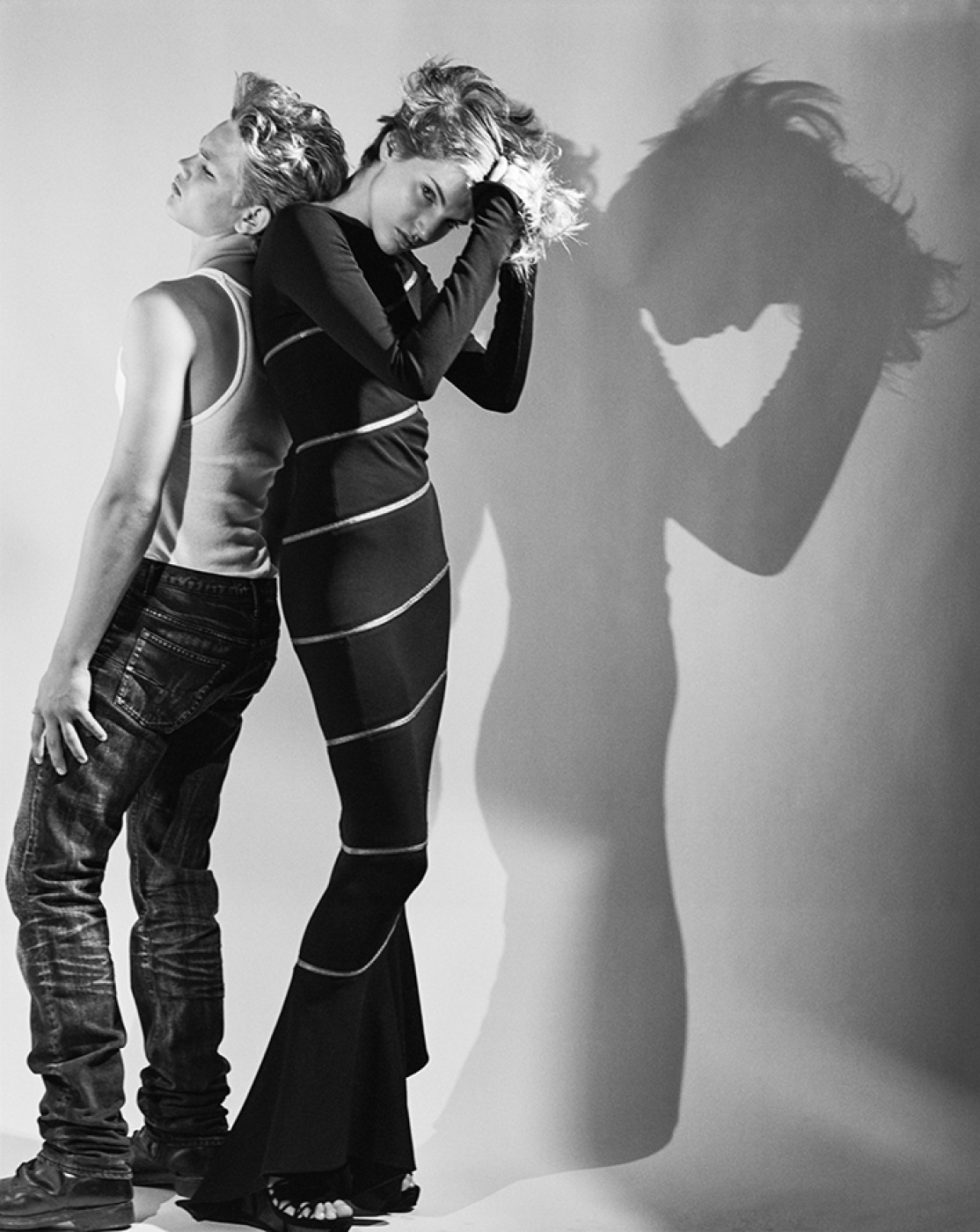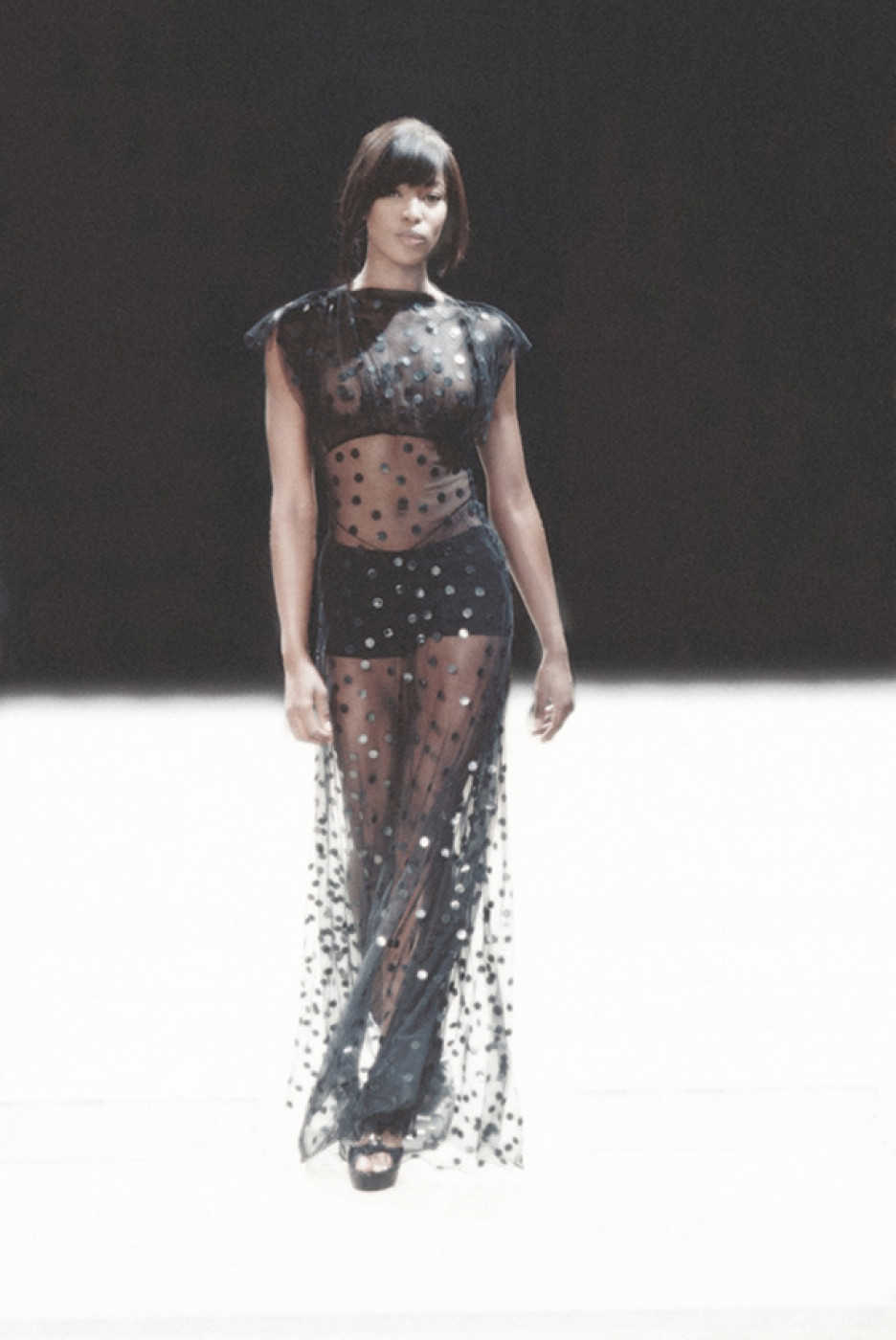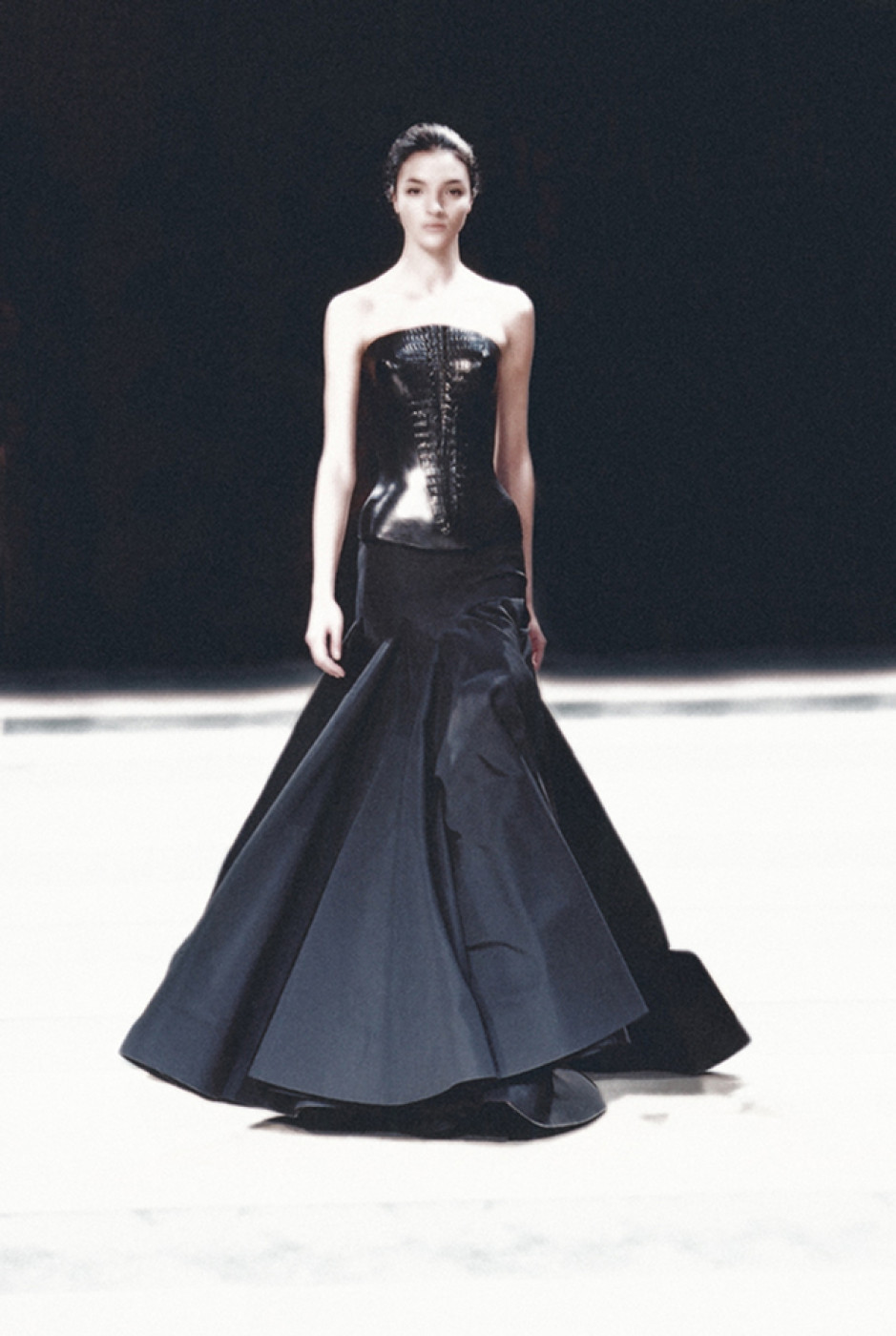
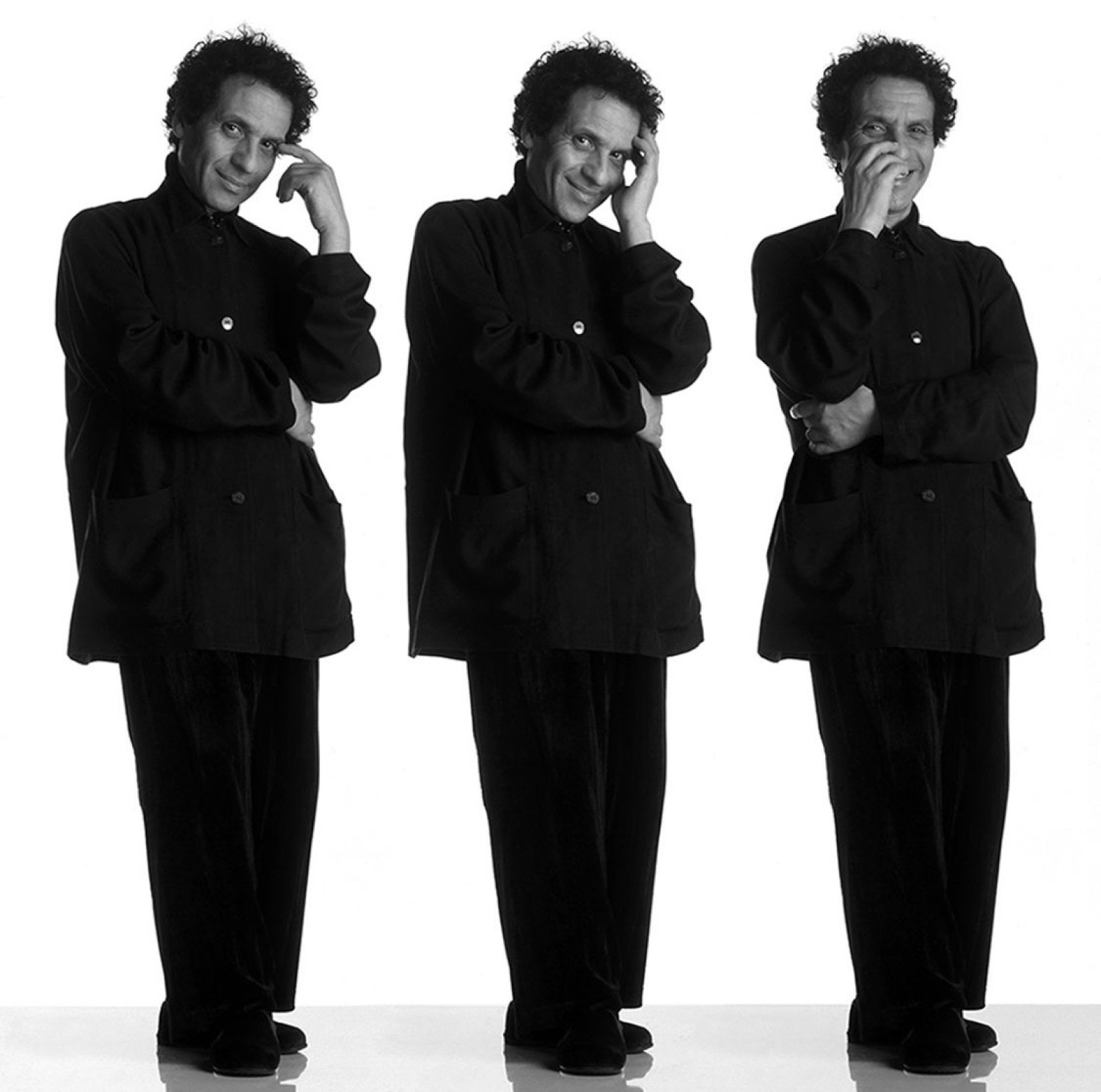
Azzedine Alaïa: Revisiting the 2003 Couture Collection in Exhibition
The year 2003 was a defining one for both Azzedine Alaïa and fashion history. On January 23, after eleven years of silence, he returned to the stage of haute couture. In the 1980s, celebrated as the “King of Curves,” Alaïa had taken the fashion world by storm, creating garments that seemed to exalt the female body. Yet in the 1990s, amid the reign of minimalism and commercialism, he chose to step back. In the quiet of his atelier, he listened not to the noise of fashion, but to the rhythm of scissors cutting sharply, and to the breath of fabric itself. Out of that silence emerged a miraculous moment: the 2003 couture collection.
That historic chapter now comes under the spotlight once again in the exhibition “Azzedine Alaïa, of sculpted silence ― the 2003 Couture collection”, held from September 12 to November 16, 2025, at the Fondation Azzedine Alaïa. Curated by Carla Sozzani, Joe McKenna, and Olivier Saillard—three figures deeply attuned to Alaïa’s aesthetic—the show takes place beneath the very same glass roof that sheltered the original presentation. Within this luminous space, some thirty archive pieces breathe again.

Jackets and redingotes break free from the rigidity of straight lines, turning instead to oblique cuts. Denim skirts transform a stiff fabric into something feather-light, while muslin hovers as delicately as breath itself. The pared-down zip dress evokes monastic restraint yet mysteriously reveals the female body. Crocodile in black and white traces imposing silhouettes; shirts blossom in lily white; embroidery gleams as if absorbing light. These works embody not a display of virtuosity, but a relentless refinement of the “invisible technique”—a pure devotion to the art of making clothes.
Film and photography enrich the exhibition. In the footage of the original show, Jacques Prévert’s poetry, Arletty’s voice, and Juliette Gréco’s songs accompany the models’ steady walks, each garment gathering new light with every step. Claudio Del Rio’s film Afo mon bébé, shot through the eyes of Alaïa’s beloved dog, offers an intimate perspective of the backstage—capturing silence, focus, and craft at their most distilled. On the second floor, never-before-shown black-and-white photographs by Bruce Weber, originally commissioned for Vogue Italia in 2003, reveal clothes that do not conquer the body but rather trace its contours gently, drawing out a quiet new femininity.
Back in 2003, the audience erupted in ovation. Applause thundered, yet Alaïa himself did not appear. For him, it was never about spectacle—it was the garments, luminous in silence, that spoke. That very stance was the essence of his aesthetic. “As garments, regardless of material or purpose, all deserve equal respect,” Alaïa once remarked. In this exhibition, each piece—whether couture or prêt-à-porter—shines as a “sculpted moment,” timeless and self-sufficient.
More than twenty years after that unforgettable day, the clothes stand once again beneath the glass roof, sculpted in silence, asking us a question that reverberates across time: Can fashion truly embrace us beyond the limits of time?
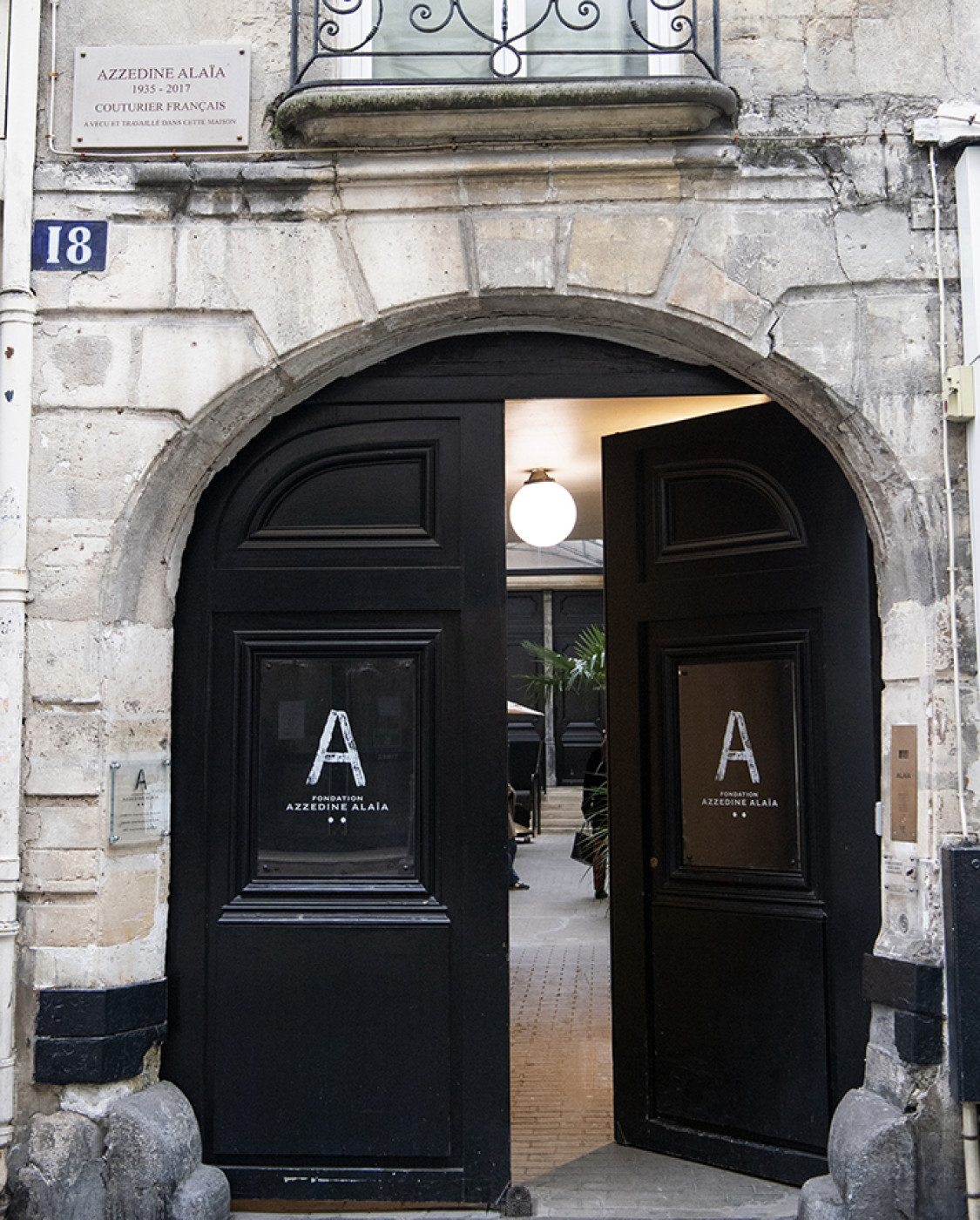
Courtesy: Alaïa Foundation
Text: Elie Inoue


